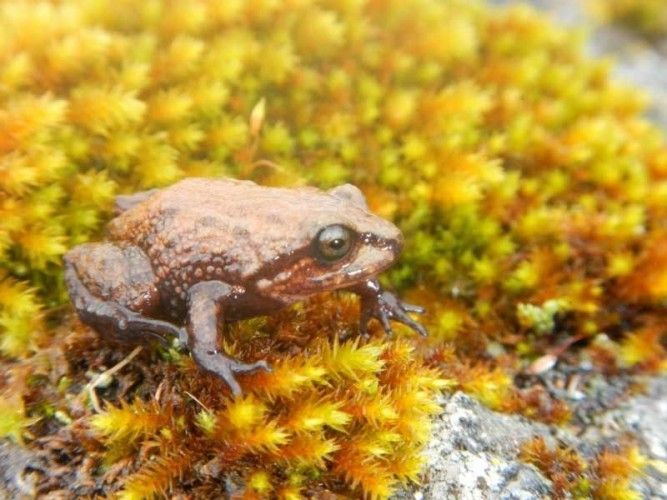Peru is a megadiverse country with an unbelievable wealth in plants and animals; and regularly new discoveries of unknown species thrill the scientific world.
The latest is the discovery of a new frog species in Peru’s Pui Pui Protected Forest, a nature reserve in the Peruvian Andes mountains that is located about 300 km east of Lima at an altitude between 3400 m (about 11,000 feet) and 3900 m (over 12,500 feet).
US-based scientists Dr. Edgar Lehr and Dr. Rudolf von May were in Peru from 2012 and 2014 to study amphibians and reptiles in the Peruvian jungle and Andes mountains and their state of conversation. One of the discoveries they now published was finding a new frog species, which belongs to the family of fleshbelly frogs.
The scientists named the new frog species after famous British broadcaster and naturalist Sir David Attenborough, honoring his educational documentaries on wildlife, especially on amphibians and his efforts to raise awareness about the importance of wildlife conservation. In the scientific world the Attenborough rubber frog will be known as pristimantis attenboroughi.
The frog’s coloration ranges from pale to dark gray to reddish brown and brownish olive with dark gray spots. Males of the species grow to about 14.6 mm to 19.2 mm (more or less half an inch) in length while the females are larger, ranging between 19.2 mm and 23.0 mm (less than an inch) in length.
Contrary to most other frogs, the Attenborough rubber frog females don’t produce tadpoles, but lay eggs that they guard from predators until fully formed baby frogs hatch.


